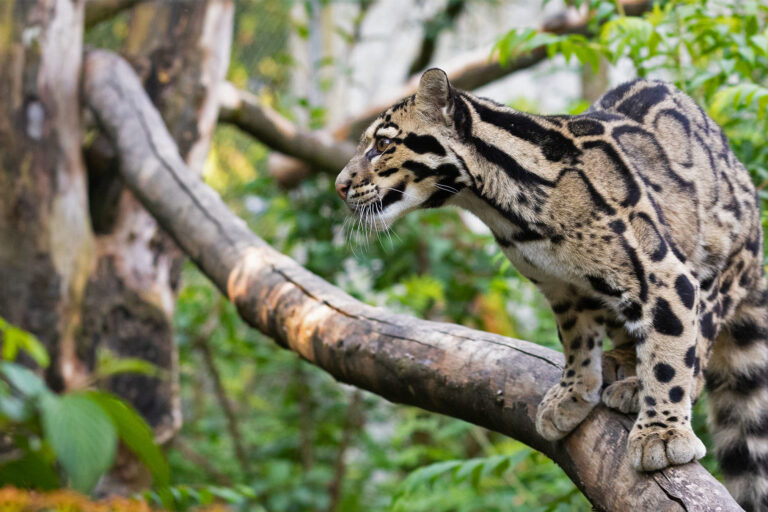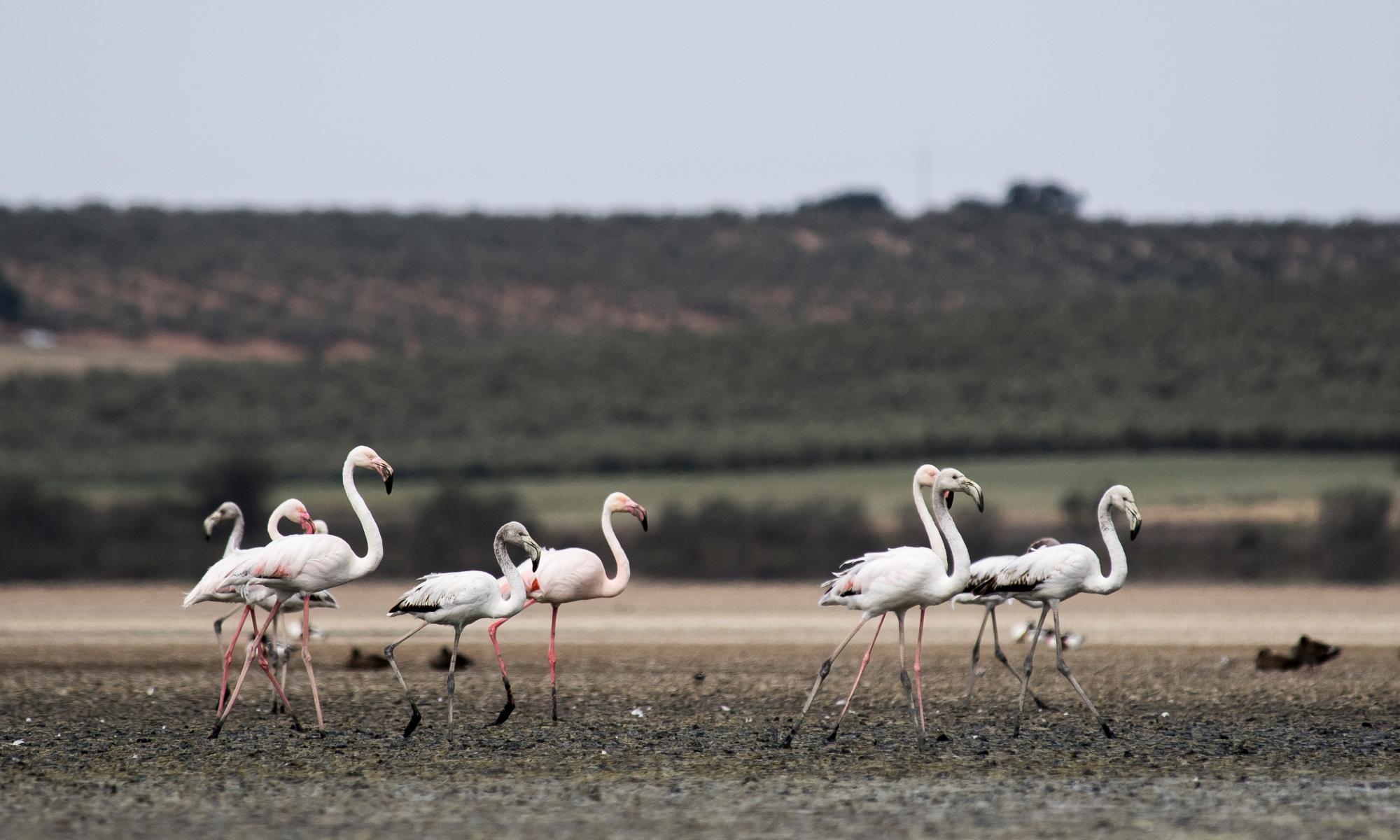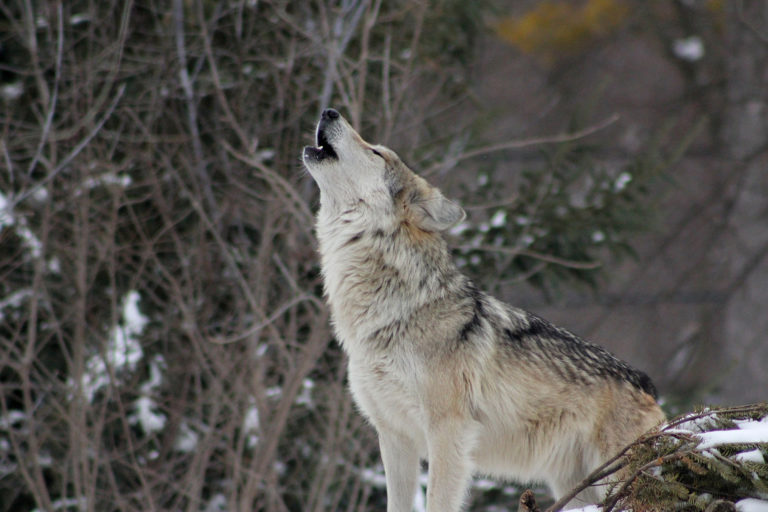In July 1990, 13 red kites had to be flown by British Airways jet from Spain before they could grace the skies of the Chilterns.
Thirty years on, nearly 2,000 breeding pairs of red kites display their distinctive forked tails as they soar over virtually every English county, in what has been hailed as one of the most successful reintroduction projects in the world.
As conservationists celebrated the anniversary of the once persecuted bird of prey’s revival, Tony Juniper, chair of Natural England, the government’s conservation watchdog, said there was “pretty strong momentum” for other reintroductions.
Last year Natural England issued licences to allow five white-tailed eagles to be placed on the Isle of Wight as part of a long-term project to bring breeding pairs of this large raptor back to England, following its successful reintroduction to Scotland. The government’s 25-year environment plan commits it to reintroducing species where there are environmental benefits.
Juniper said he had “enormous high hopes” that the eagles – which have since been tracked spending weeks in Oxfordshire and flying high over London – would follow the success of the red kites. Projects to return beavers and white storks are also under way.

“People are looking at many other species, not only birds, but also mammals and invertebrates, to put back some of the living fabric of our islands that’s been depleted over many years from habitat destruction, persecution and chemical pollution,” said Juniper. “As we face the global nature crisis, this is extremely important for people to know – that it is not a one-way street and we can reverse the flow of these historic trends if we put our minds to it.”
Persecution over centuries and egg collectors saw red kite numbers drop to a few breeding pairs in central Wales. The species slowly recovered in its Welsh stronghold, but in 1990 only 38 chicks were raised there.
Its Chilterns reintroduction by Natural England, the RSPB and other partners saw it spread along the M40 corridor, eating carrion found on the motorway. By 1996, at least 37 pairs were breeding in southern England. Today, there are more than 10,000 red kites across Britain.
“In the 1980s, anyone wanting to see a red kite had to make a special pilgrimage to a handful of sites. Today it is a daily sight for millions of people,” said Jeff Knott of the RSPB. “In a few short decades we have taken a species from the brink of extinction to the UK being home to almost 10% of the entire world population. It might be the biggest species success story in UK conservation history.”
The beavers that were returned to Scotland are now a protected native species again. In England, although a scientific trial of beavers living freely on the River Otter in Devon this year concluded that they delivered enormous benefits, not just for biodiversity, but flood management, water quality and tourism, the government has yet to authorise their return.
A decision on beavers in England had been due by the end of the summer but Juniper said he couldn’t give a timetable because of delays caused by the coronavirus crisis.
Juniper said “a very eloquent case” had been made by many conservationists for the return of the beaver, but other candidates for reintroduction into England, such as lynx and wildcats, could take longer.
“There are some candidates that naturally rise to the top of the list and others because of the sheer complexity of the challenges at hand, such as the lynx, that will require some more thought yet,” he said.
Another reintroduced species, the white stork, has fledged chicks in the wild for the first time in Britain since a pair were recorded nesting on St Giles cathedral in Edinburgh in 1416. Nests on the Knepp estate in West Sussex produced the first wild-born British chicks this summer.
But some conservationists have argued that there is little evidence that white storks were ever widespread in Britain, and questioned whether enough work had been done to assess the impact that the predatory bird might have on rare amphibian and reptile species.
Juniper said he had no reservations about the white stork’s return. “Like any generalist predator, they are going to thrive or not, depending on how much there is to eat. If there isn’t much to eat, there won’t be many of them. What we want is both – predator and prey in healthy, dynamic ecosystems.
“Some of these big animals like white storks and white-tailed eagles become ambassadors for a far bigger discussion around nature recovery. If those animals are thriving, then we know we have a healthy natural environment.”
He added: “The nature recovery agenda now is really getting going. It’s not only the return of lost species, but also the restoration of fragmented habitats. One very exciting idea that lies alongside the return of missing animals and plants is the [government’s] establishment of the nature recovery network – more wildlife-rich areas that are better quality, bigger and, crucially, connected.”
According to Juniper, the new post-Brexit farm subsidy system could be a tool to deliver this.


